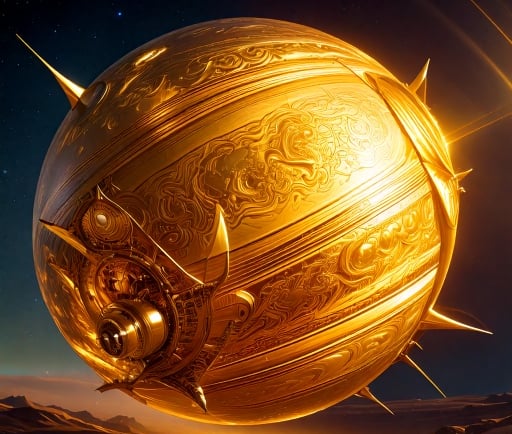Qatar-6 b: The Golden Gas Giant


Introduction to Qatar-6 b
The realm of exoplanets is an ever-expanding field that continues to astonish astronomers and space enthusiasts alike. Among these intriguing celestial bodies, Qatar-6 b stands out as a notable gas giant exoplanet. Orbiting a K-type star, this fascinating entity presents unique characteristics that fuel scientific inquiry and discussion.
Mass and Orbit of Qatar-6 b
Qatar-6 b boasts a mass approximately 0.668 times that of Jupiter, making it a substantial gas giant in the cosmos. Having such significant mass attributes influences various aspects of its formation and composition, providing insights into the processes that govern the evolution of planetary systems. The exoplanet completes an orbit around its K-type star in just 3.5 days, a rapid orbital period that indicates its proximity to the host star. This swift revolution offers astronomers a unique opportunity to study the planet's atmospheric conditions and potential climatic phenomena.
Significance of Studying Qatar-6 b
The study of gas giants like Qatar-6 b plays a crucial role in expanding our understanding of planetary systems and the nature of exoplanets. K-type stars are known for their longer lifespans and stable environments, making them prime candidates for hosting potentially habitable moons or additional planets. By investigating Qatar-6 b, researchers can gain insights into not just the gas giant itself but also the larger gravitational and environmental dynamics at work in its system. This knowledge is pivotal for advancing theories of planet formation and the potential for life beyond Earth.
In conclusion, Qatar-6 b represents a captivating intersection of astrophysical research and exploration. Its mass, orbit, and position relative to a K-type star reveal important clues about the evolution of planetary systems. As investigations into this gas giant exoplanet continue, it will likely unlock further scientific mysteries, emphasizing the importance of ongoing astronomical research.
